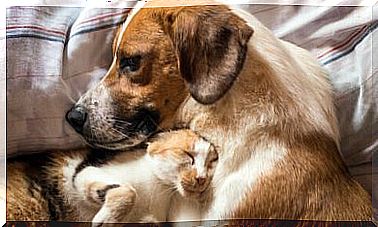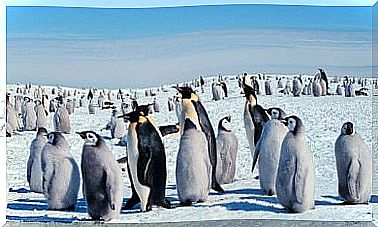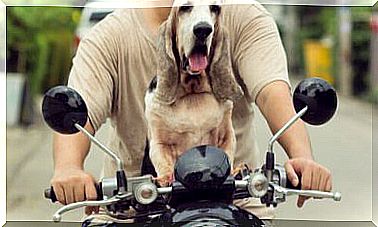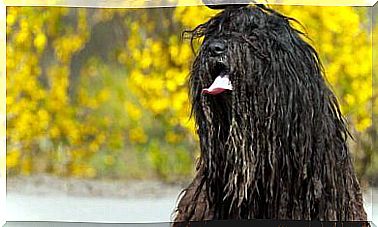The Impact Of Selfies With Sloths
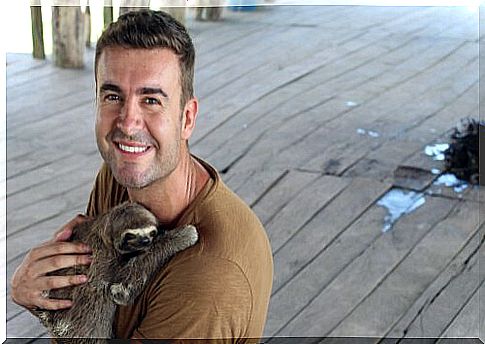
Among the absurd and dangerous photos we take with wild animals, the selfies with sloths that many tourists take in tropical regions of the American continent stand out. A recent study highlighted the impact these selfies have on these animals.
Annually there are reports of the extraction of hundreds of specimens of sloths from nature. Typically, these animals are captured in deforested areas of Brazil and Colombia, where they are used as pets, food or to star in the famous selfies with sloths that are taken in places like the Amazon.
A study revealed the dangers of selfies with sloths
The study focused on the so-called common sloths, the most popular sloth species. We speak of a solitary animal that feeds on leaves and is very slow, so its capture to be used as an “accessory” in selfies is simple.
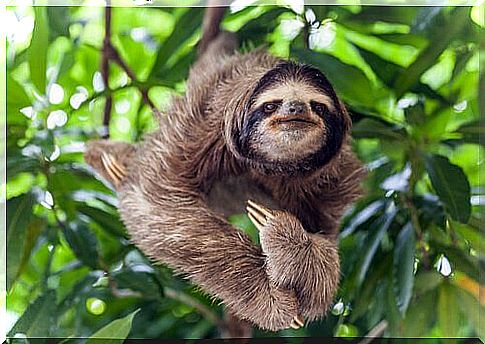
The work, published in November 2018, consisted of the participation of researchers in interactions with sloths organized in Brazil and Peru. The result of this survey in over 34 sloth selfie events was disheartening: 17 sloths were seen being snatched by an average of five people per observation.
In these animal touch events, sloths were proven to be groped and, in many cases, held by their claws. The animals’ most frequent behaviors were alertness and arm extension, something the researchers linked with fear, anxiety and stress.
Tourism with animals, in the spotlight
Animal-related tourism is increasingly frequent, and in this context, the one that promotes direct contact with wildlife is the most criticized. This type of management has been proven to be stressful, dangerous and harm the conservation of many species.
The management of wild animals can not only harm their well-being, it can also lead to an increase in illegal possession. One study showed this in slow lories: videos and images of these animals in humanized environments and being touched by people normalize these situations. These cases are reminiscent of Limbani, the supposedly rescued chimpanzee, and this should make us wonder what is behind these images before sharing them on social media.
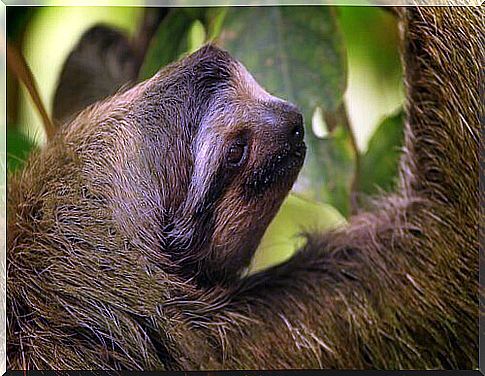
During the events observed by the researchers, selfies with sloths were not the only interactions with animals: squirrel monkeys, alligators, anacondas and parrots were other animals bothered by the fever of social networks.
The study authors reflect on the interest in using other ways of measuring stress, such as glucocorticoids, in addition to measuring the amount of noise, which may be related to stress in these animals. Furthermore, they warn that, although the study is preliminary, it is necessary to increase the amount of work that analyzes the implications for the well-being and conservation of these species in terms of wildlife tourism.
As tourists, we must evaluate the types of activities we participate in when we want to observe wildlife, and choose those where the animals are not touched and we can see them in good condition, if possible, in their natural habitat.

